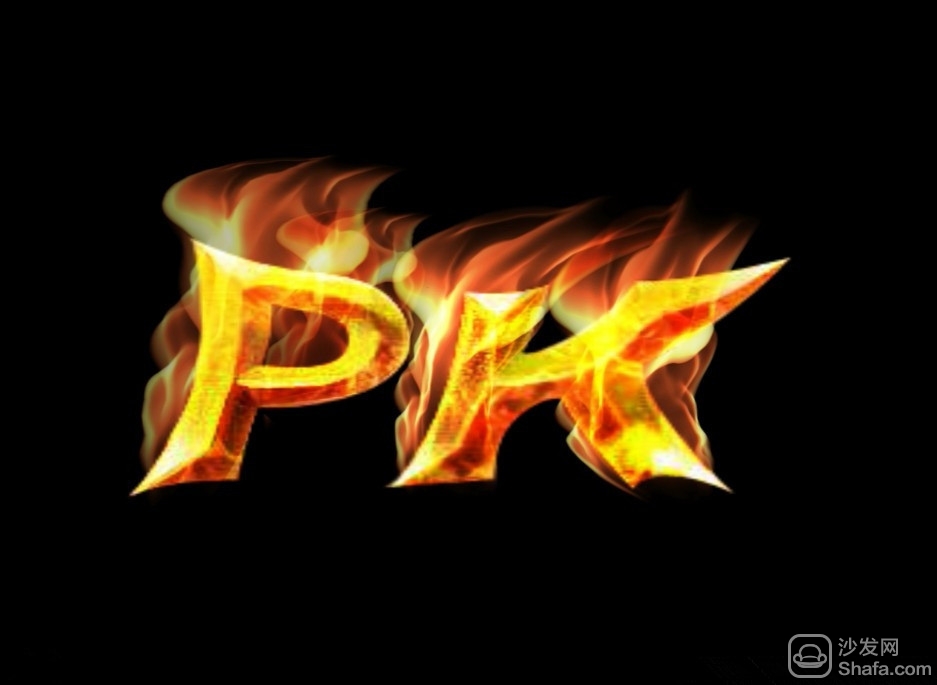
1. The pattern of two-pole confrontation in the video industry is taking shape. In the next five years, it will be five years of competition between traditional television new media and new Internet video media. The ultimate outcome will only have two results: either symbiosis and co-prosperity or you will die.
2. Over the past 10 years, new media for Internet video have grown by leaps and bounds. In 2014, the number of users reached 430 million, and the revenue reached 20 billion, and the number of new media developed rapidly at a rate of over 40%. Internet video basically monopolizes multi-terminal PC terminals and also occupies more than half of mobile screens. If the competent authority does not strictly guard against TV screens, internet video may have invaded the TV terminal in 2014 and it is in a rush.
3. Contrary to Internet video, traditional TV media is basically in a predicament of backwardness and beating. Loss of viewers, loss of advertisements, brain drain, loss of viewership, loss of influence, and diffusion of communication. 2014 has become the historical turning point in the development of traditional TV media. Since its inception, it has seen negative growth in advertising for the first time. Some terrestrial channels have even declined by 30%, and some TV stations have even experienced difficulties. In 2014, the traditional television media has been pushed to the corner, and there is no way to return to the Jedi.
4. Internet video is a newcomer. With the advantages of new technologies, capital, systems, talents, and management, it has been 10 years since each of the other players strangled each other as the king. More than 300 video websites have left only 10 homes. It's also five. However, despite the fact that the newcomers are alive and well and their weapons are advanced, their market size is still less than one-tenth that of traditional TV media, and they cannot enter areas where broadband is not widely used. What is even more crucial is that Internet video is mainly an advantage of platforms and channels, and content production capacity is in front of traditional radio and television or kindergarten. Traditional television media has ample opportunity to recapture the territories that occupy new media.
5. Traditional television media has maintained a continuous increase in advertising revenue before 2014. The system also makes radio and television tend to be conservative and ossified. It is also fully qualified for the country’s public opinion tool. Many factors make traditional radio and television use new TV media as the marginal business and marginal sector. The decline in income in 2014, the decline in ratings and the spread of communications finally caught the attention of the party Central Committee. It was necessary to recreate radio and television, and the traditional media and emerging media must be integrated. Political tasks and market conditions have made traditional TV media have to fight TV new media from 2015.
6. The advantages of traditional TV media:
First, the production capacity of the content is still, and the production capabilities, ratings, and commercial liquidity capabilities of large-scale variety shows, news programs, etc. are far from being comparable to Internet videos. A "I'm a singer" can make the Mango TV APP rush to the top of the download list, and Internet video is far behind. Similar high-quality program production capacity is still in the hands of traditional radio and television, and the strength is still there.
The second is policy protection with Chinese characteristics. Internet TV policy strictly prohibits Internet video from entering the TV field. Internet video cannot enter the most fertile land. Internet TV licenses all fall into the hands of radio and television and various policies. Support. Before the penetration of technology, traditional radio and television have at least five years of policy protection window.
Third, the audience of traditional television media is still there, and there are channels to successfully transfer these audiences to new television media.
Fourth, the traditional TV media still has enough commercial income, as well as the government's financial capital investment, to build the financial strength of television new media and Internet video PK.
Fifth, traditional television media still have sufficient room for reform to allow social forces to intervene. As long as the certain market space is liberalized, capital, talents, and technology will continue to flow.
7. The ultimate showdown between new TV media and new media for Internet video has been staged. The traditional TV media will not be responsible for the new concepts of "Smart Media," and "Internet Plus," nor will it be necessary for the integration of traditional media and emerging media to develop new television. The media, talking about results is more important than any concept. Real achievements are also reflected in the battle.
8. Conjecture on the ultimate pattern of confrontation: Traditional television media rely on an overwhelmingly advantageous program to produce production capabilities, introduce social capital, recreate platform products for new media, have mainstream user groups, and grow rapidly under the protection of policies. Five years later Basically, it will have the upper hand. Internet videos are further concentrated under the pressure of survival, and non-BAT systems cannot survive. The ultimate pattern for the future is that three or so new television media will occupy the mainstream, and BAT's three new Internet video media are in a weak position. Of course, small and medium-sized television stations and other Internet videos will be sent back to public institutions and become obsolete.

Low Voltage Unarmoured cable is a type of electrical cable that is used to transmit electrical power from one location to another at a voltage level of less than 1000 volts. It is typically used in applications where the cable will be installed underground or in areas where it may be exposed to moisture, chemicals, or other harsh environmental conditions.
The cable is made up of a number of individual conductors that are insulated with a low voltage insulation material, such as PVC or XLPE. These conductors are then twisted together to form a cable core, which is surrounded by a protective sheath made of PVC or other suitable material.
Unlike armoured cables, which have a layer of steel or other metal armour to protect the cable from physical damage, unarmoured cables rely on their protective sheath to provide mechanical protection. This makes them lighter and more flexible than armoured cables, but also less resistant to damage.
Low Voltage Unarmoured cables are commonly used in a variety of applications, including power distribution, lighting, and control systems. They are available in a range of sizes and configurations to suit different requirements, and can be customized to meet specific needs.
Low Voltage XLPE Insulated Cable,Low Voltage Direct Burial Cable,Pvc Earthing Copper Cable,Unarmoured PVC Low Voltage Power Cable,Low Voltage PVC Sheathed Non-Armoured Power Cable
Ruitian Cable CO.,LTD. , https://www.hbruitiancable.com